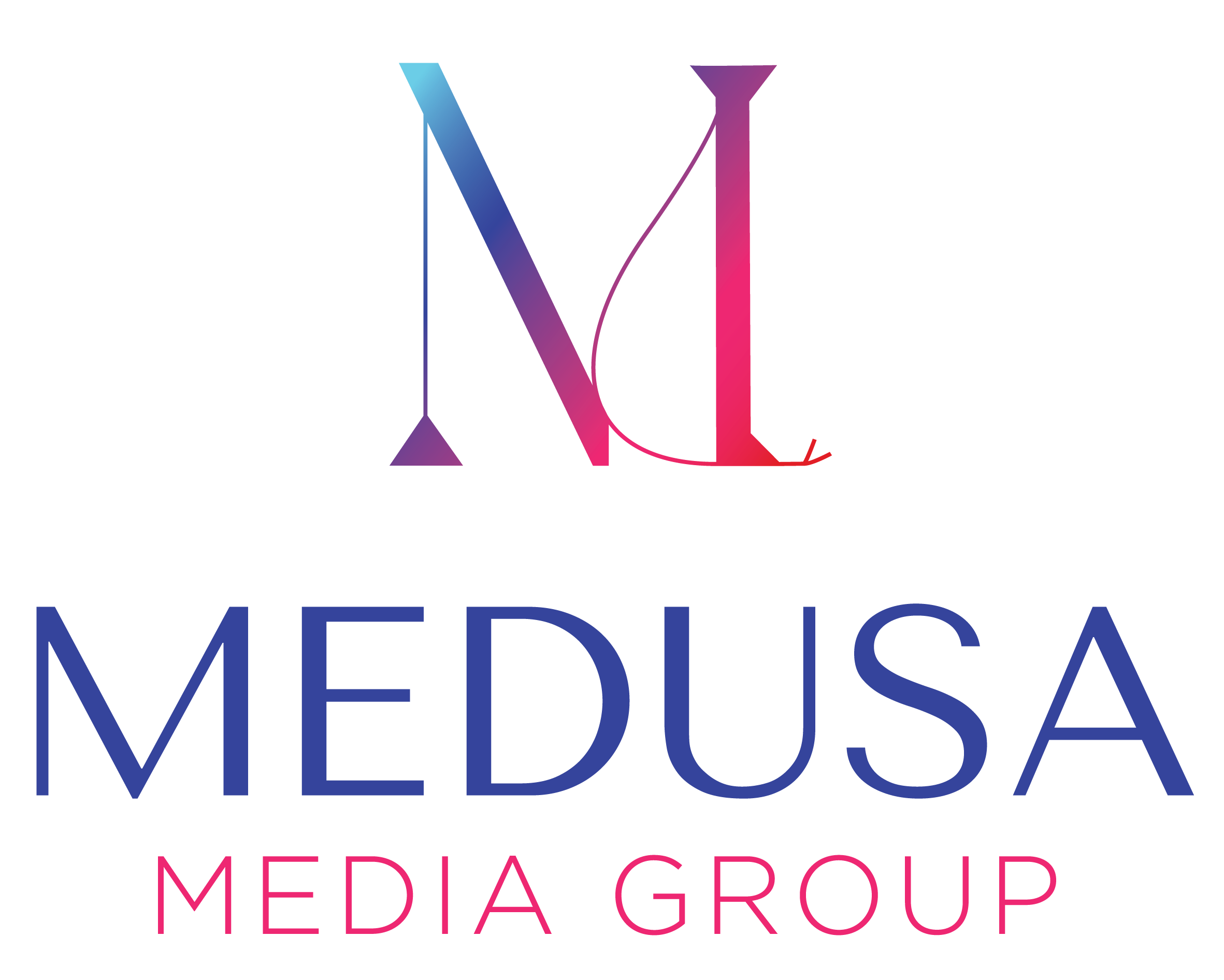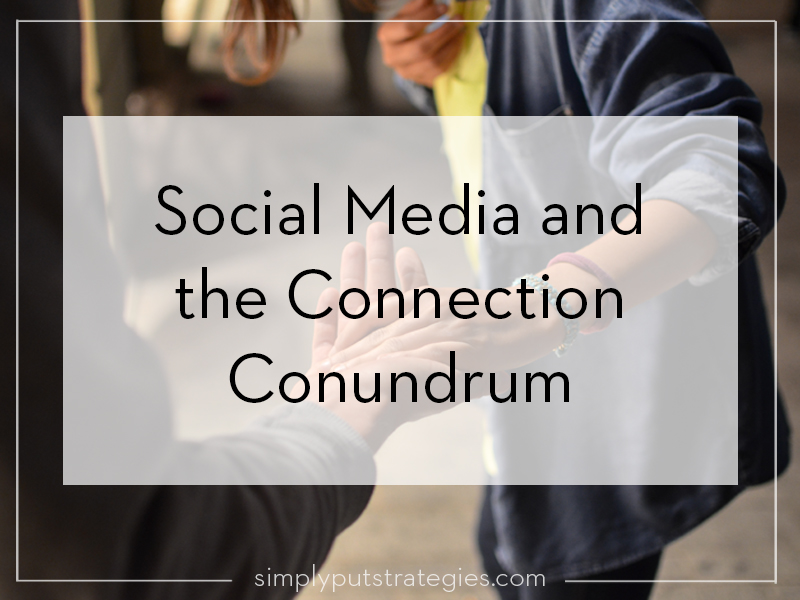Unquestioned beliefs
Once upon a time, I disliked social media. Seeing pictures of other people’s beautiful lives on Facebook made me feel insecure. Social media seemed to be about sharing the most attractive details of life. There was something hollow about it. I thought social media was a weak substitute for “real” relationships. You think you’re connecting with people because you post pictures of your Caribbean vacation? You’re just making yourself feel good! I judged people who made friends online and spent their social time instant messaging or playing multiplayer video games. I assumed that this kind of connection was somehow inferior to in-person (read: “real”) connection.
It gave me a headache. Not just because judging people feels bad, but because of what I do for a living. I am, after all, a social media consultant. I describe my services in terms of connection: that social media provides a powerful venue for businesses to connect with their prospects. While I knew people really do connect online, I had unexamined assumptions about the quality of these connections. The quantity is there, for sure – I’ll happily follow you on Twitter if you seem interesting – but what is the quality of that connection? Am I really getting to know you the person, you the brand, or just “you”?
Then, while reading Brené Brown’s The Gifts of Imperfection, I came across this passage and panicked:
“Definition: “connection as the energy that exists between people when they feel seen, heard, and valued; when they can give and receive without judgment; and when they derive sustenance and strength from the relationship.”
‘Our innate need for connection makes the consequences of disconnection that much more real and dangerous. Sometimes we only think we’re connected. Technology, for instance, has become a kind of imposter for connection, making us believe we’re connected when we’re really not — at least not in the ways we need to be. In our technology-crazed world, we’ve confused being communicative with feeling connected. Just because we’re plugged in, doesn’t mean we feel seen and heard. In fact, hyper-communication can mean we spend more time on Facebook than we do face-to-face with the people we care about. I can’t tell you how many times I’ve walked into a restaurant and seen two parents on their cell phones while their kids are busy texting or playing video games. What’s the point of even sitting together?’ (p. 20).
Oh no! I thought. I’m a liar! Connection is the selling point of the services I offer my clients. When I talk about social media, I talk about how it facilitates connection with prospects and peers. I talk about reaching out to other businesses to build relationships with them. I talk about posting pictures from events and tagging people. Good social media is about good connection. Was I misleading my clients?
An expert is not an oracle
When we hear the assertions of others, particularly if those people are experts, we often believe what they assert without checking in with ourselves. Our first reaction is to think, shit! I’ve been wrong this whole time! which leads to self doubt and anxiety. That is exactly what happened when I read the passage above and thought it meant I was dishonest to my clients.
But then I thought deeper. I thought about the years I spent from middle school to college having intensely fulfilling conversations with my best friend via AIM. I thought about the many email pen pals I’ve had over the years. I thought about the articles and quotes and podcast episodes I share with my friends via technology – a lot like the resources my clients and I share on our social channels. I thought about the people I’ve met on Twitter, then met In Real Life (like Jasmine Smith!). It was fun that our connection (yes, connection) on Twitter preceded meeting face to face.
Yet connecting through technology to peers is different than connecting through technology to market services, right? You might argue that by connecting with people in order to sell to them, the value of the connection is less genuine. But I don’t agree that marketing is only about the bottom line. That reduces business to dollars and cents, and most of us do not go into business just for an income. We go into business because we have ideas we want to share, ways to make our communities better, and because we want to connect with other people and spread what we do.
My clients want to help. They want to share inspiring stories, articles, and quotes not just to attract clients but to connect people with resources and ideas that will help them. My clients want to help people deliver workshops that bring in clients, help the moms of athletic teens relax and enjoy parenting, and help people find more ease and joy in their lives through decluttering. My clients definitely want to make a living, but that’s not the only or even main reason they do what they do.
Equal opportunity connection
If connection is “the energy that exists between people when they feel seen, heard, and valued; when they can give and receive without judgment; and when they derive sustenance and strength from the relationship” as Brené asserts, why wouldn’t that connection be possible on any medium? There can be a lack of connection between people who tweet exclusively about themselves, and there can be a lack of connection between people in a crowded, loud party. Sometimes someone will say just the right thing to make you feel seen, heard, and valued. Sometimes a quote tile on Instagram will make you feel seen, heard, and validated. An article on a business’ Facebook page can resonate as deeply as an article shared by a friend. A conversation between a client and service provider can be as meaningful as a conversation with a friend during Happy Hour.
I don’t feel incongruent in what I believe and say to my clients anymore. Thanks to Brené’s book I had the opportunity to question my beliefs and experiences and decide what I think. My conclusion is that connection exists in myriad ways, including face-to-face and through technology, after years of friendship or when money is changing hands. None is inherently better than the other and all play important roles in connecting people and connecting business with clients. Businesses thrive on relationships, and relationships happen because of quality connection, no matter the medium.
(image by Rémi Walle)








